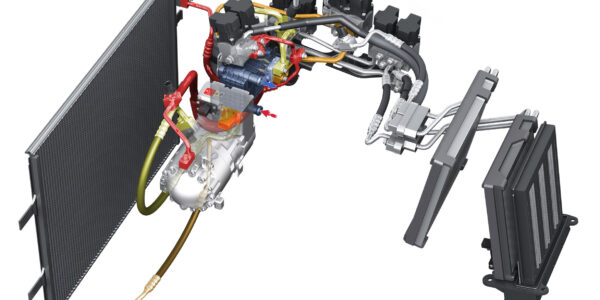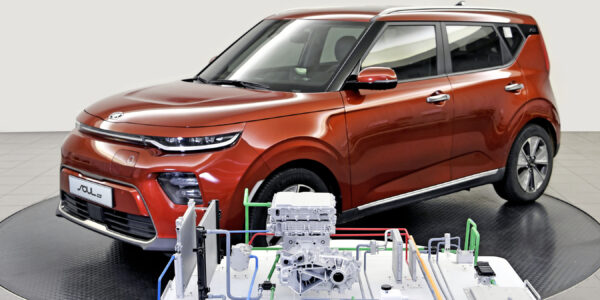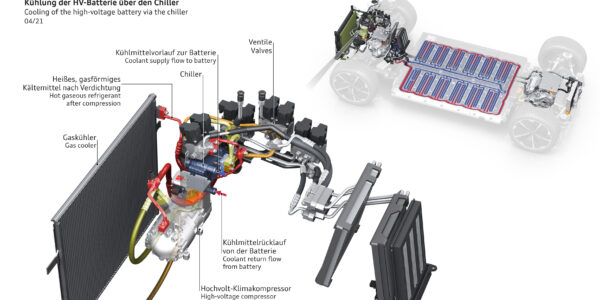Hyundai heat pump tech
- PostedPublished 17 June 2020
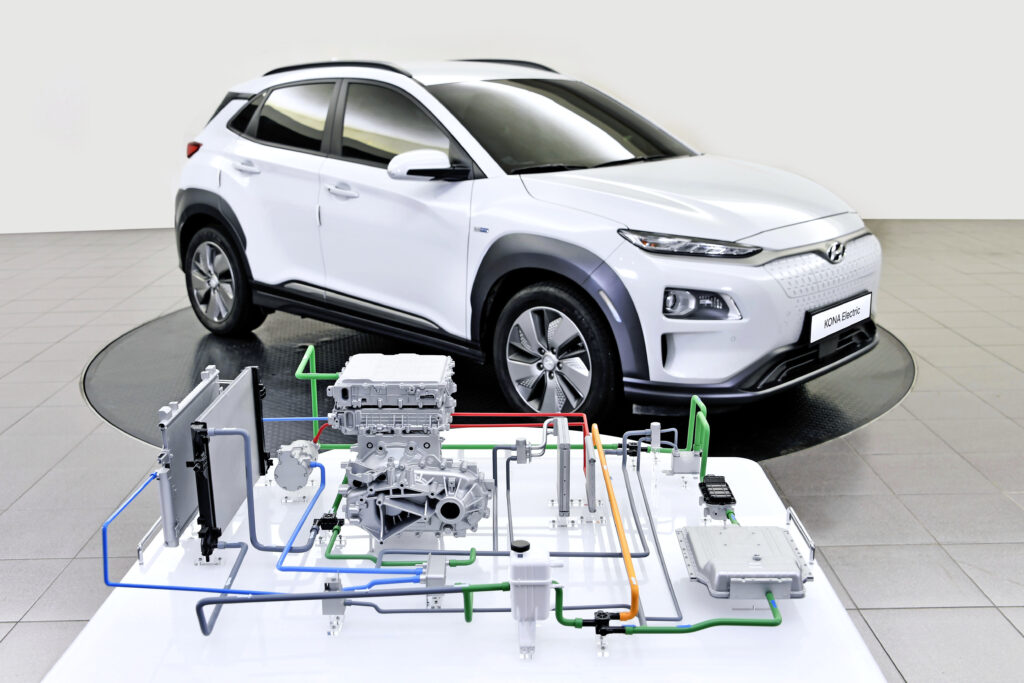
Perhaps in response to all the hype surrounding Tesla’s heat pump, Hyundai-Kia has issued technical details of its heat pump system and pointed out that it has been using this technology since 2014, when it debuted on the first-generation Kia Soul EV.
Arguably a pioneer in mass-market EVs, between 2018 and 2019 Hyundai-Kia leapt from being the world’s eighth-biggest EV manufacturer by market share to third, after Tesla and Warren Buffett-backed Chinese brand BYD.
Since the 2014 Soul EV, Hyundai-Kia has developed its heat pump technology to scavenge waste heat from more sources, which both optimises cold weather battery range and benefits the driver with more consistent, predictable real-world range from season to season.
The Norwegian Automotive Federation (NAF) recently compared 20 EVs to identify which models delivered the most consistent driving range and charging performance across cold and warm weather conditions, and the Hyundai Kona Electric took first place.
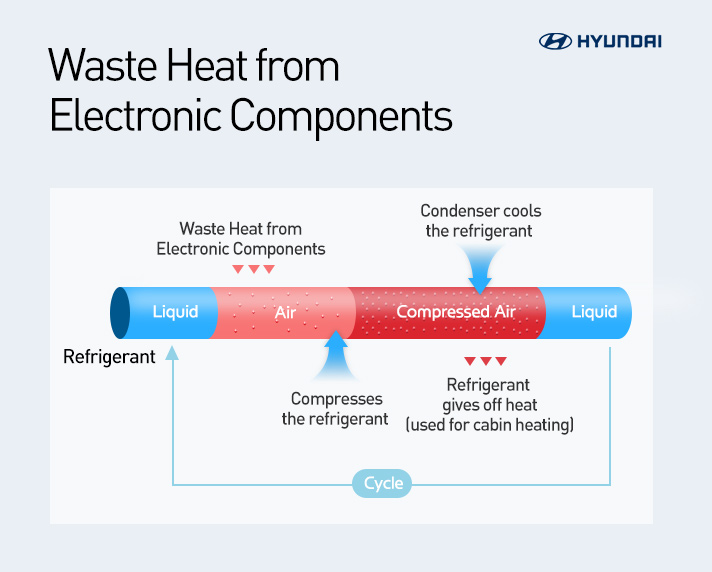
In severe cold, Hyundai’s little electric SUV maintained 91 per cent of its official 449km WLTP range figure (which is rated at 23°C) by travelling 405km on a charge.
As Norway is both the world’s most advanced EV market and one where cold weather range is paramount, it fits that increasing numbers of EV manufacturers are turning towards refrigerant-based themal management tech.
This is ultimately great news for VASA members and their counterparts around the globe.
The current iteration of Hyundai-Kia’s heat pump scavenges heat from power electrics modules (such as drive motors, on-board chargers and inverters), the battery pack and slow charger.
This captured energy improves HVAC system efficiency by recycling it to heat the cabin and minimise battery power consumption. Because it reduces load on the battery, the heat pump maximises available electric driving range.
By testing EVs in the extreme cold -35°C winter conditions of northern Sweden, Hyundai-Kia engineers are identifying new ways of recycling as much waste heat as possible to in their next-generation heat pump systems, as well as ensuring they will be capable of operating in the coldest environments.

A liquid-based thermal management system for Hyundai-Kia EV battery packs has also yielded further increases in range over conventional air cooling, without increasing physical dimensions.
Because the water-cooling channels take up less space than air-cooling ducts, battery cells can be packaged more tightly, increasing battery density by up to 35 percent.
For example, the 64kWh battery of a second-generation Kia Soul EV occupies a similar footprint as the old 30kWh unit, with range boosted from 180km to 386km.
- CategoriesIn SightGlass
- Tagselectric vehicles, SightGlass News Issue 20


